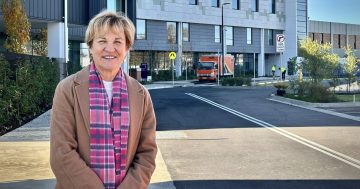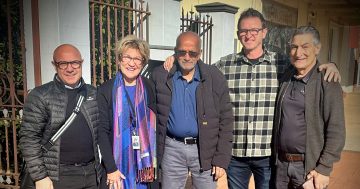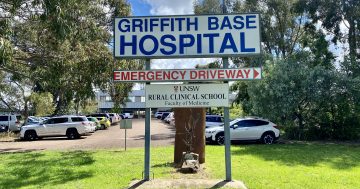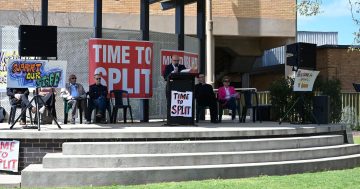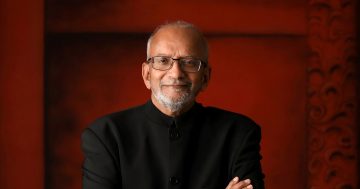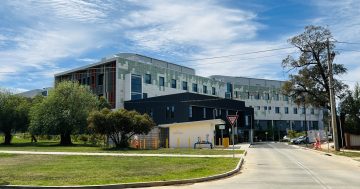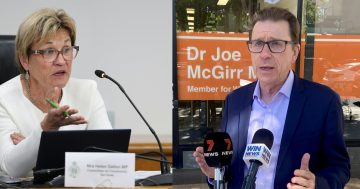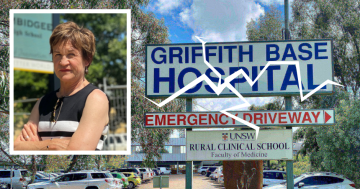
Veteran surgeon Dr Narayanan Jayachandran has championed the split. Photo: Denny Fachin.
An overwhelming majority of Griffith residents want the town’s hospital to break away from the Wagga bureaucracy that runs it, according to a survey commissioned by the council.
Independent MP for Murray Helen Dalton introduced a bill to parliament to create a new Griffith-based Western Riverina Local Health District (WRLHD), which would make staffing and resourcing decisions for the hospital and sever ties with its current administrators – the Wagga-based Murrumbidgee Local Health District (MLHD).
This followed accusations that MLHD has blocked orthopaedics from Griffith and centralised other functions in Wagga, forcing Griffith residents to drive two hours-plus to access basic services.
Ms Dalton called on Griffith Council to support the split earlier this year, but Mayor Doug Curran said his local government body wanted to first consult the community on its views.
The council administered an online survey which garnered just under 800 responses, the results of which were published on Tuesday (11 November).
Some 62 per cent of all respondents supported splitting away from the MLHD and creating the new Griffith-based administration, while 31 per cent backed staying with the MLHD but establishing a new Griffith hospital board to advise them. Only 3 per cent of respondents supported the exisiting MLHD model, while 4 per cent were undecided.
Among health professionals, 50 per cent backed the new WRLHD, 31 per cent wanted the Griffith board option and 13 per cent supported retaining the MLHD status quo.
“Wagga think it is OK to travel two hours in pain with broken bones from Griffith,” one health professional wrote in their survey response.
“We are tired of waiting. Even after arriving in Wagga, they cannot manage the workload and you may have to wait days for surgery.”
Mayor Curran recommends council recognises community sentiment and supports advocacy for the establishment of a Western Riverina Local Health District, but also continues to work with MLHD in the current management structure. This proposal will be voted on by all nine councillors on Tuesday night (11 November).

Griffith Council survey results. Photo: Supplied.
“It’s fair enough that council wanted to do their due diligence and see what the community thought of the split,” said real estate agent Brendan Catanzariti, who supports breaking away.
“Now, they’ve done that, and the vast majority of Griffith residents support the split. It’s time to all work together to make this happen.”
A separate Region online survey has received just under 500 responses and shows 70 per cent support for a split, 23 per cent opposing it and 7 per cent unsure.
A small minority of council survey respondents suggested breaking up MLHD would make Griffith health outcomes even worse.
“Careful what you wish for,” one person said.
“A split means less money because government law still requires you to replicate the governance model … medical staff are not coming to Griffith not because of MLHD or money, they are not coming because Griffith offers nothing for them. Maybe council needs to focus their attention to bringing transport, universities and multinational companies to grow it to Wagga size.”
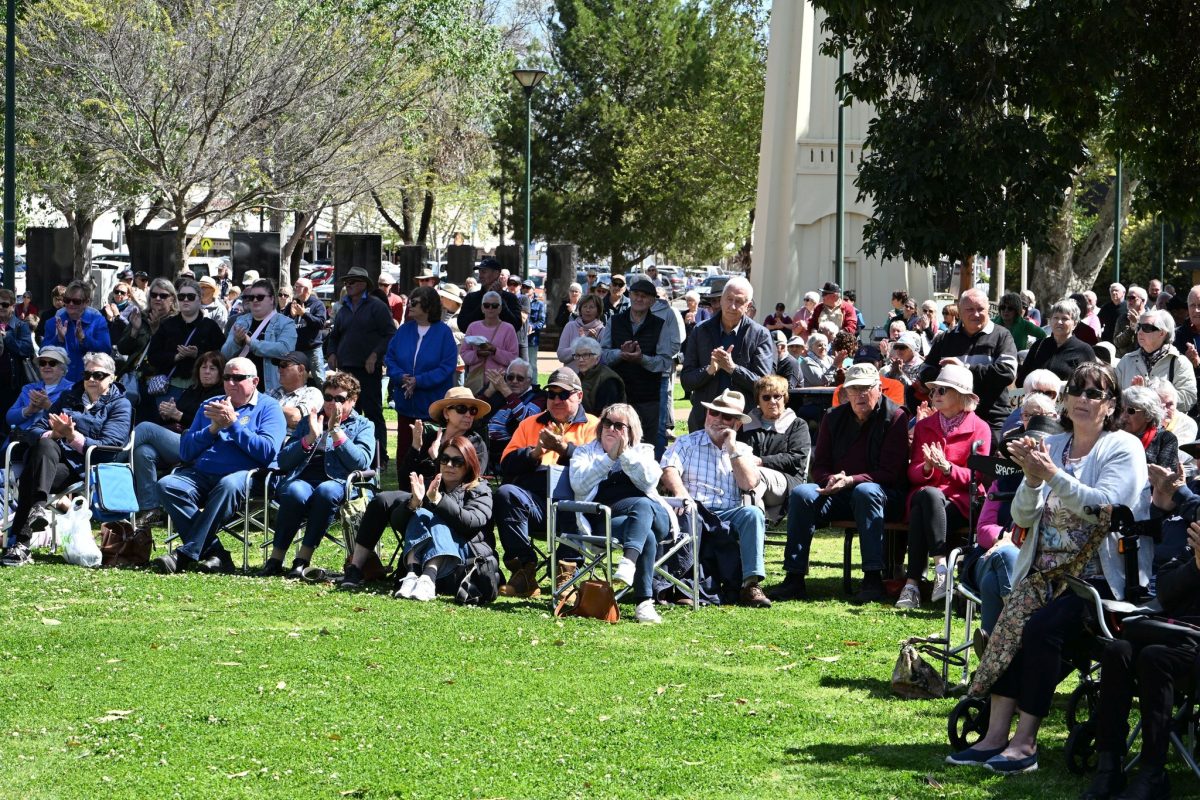
A big crowd attended a rally on the proposed split in September. Photo: Denny Fachin.
Mr Catanzariti acknowledged the fear of the unknown.
“Some people are scared of what might happen. Our aim is to improve the health care of this community, not to degrade it. The current system is broken. We could create a gold standard for how health care is administered in regional areas,” he said.
The MLHD opposes being broken up.
“Splitting MLHD would have a detrimental impact on existing health care pathways and create unnecessary additional layers of administration,” a spokesperson said.
“Current arrangements allow staffing and community-based services to be networked and shared across the district. Removing those arrangements would require existing services to be replicated, adding significant costs, and would only add to current staffing shortages experienced in health care services nationwide.”







